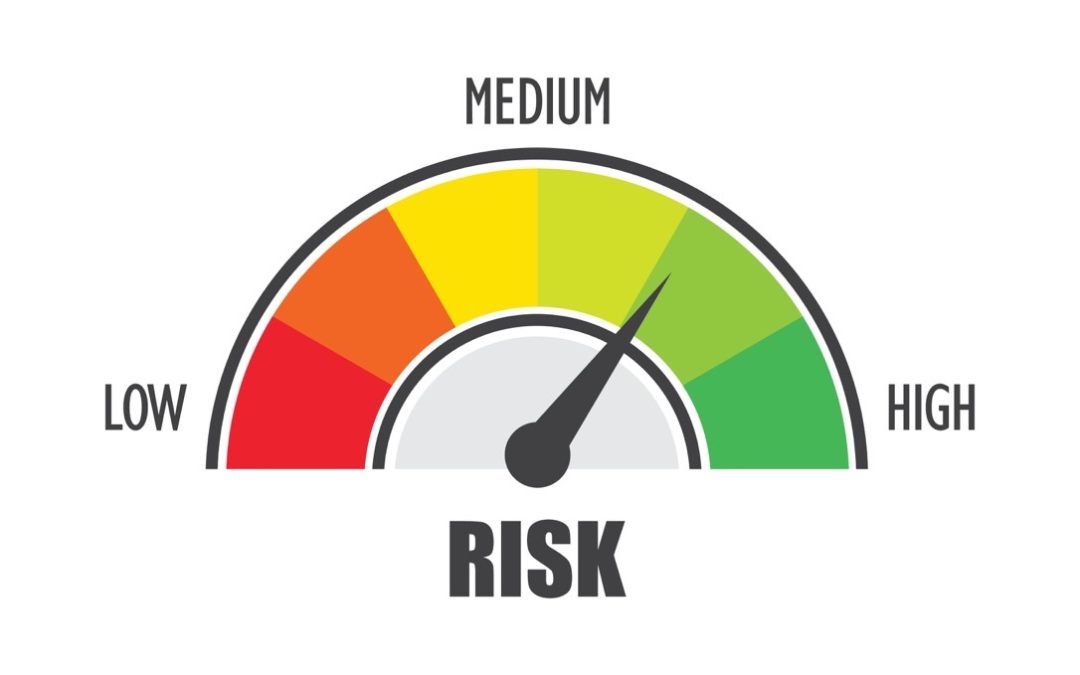Sometimes, it’s the policy holder’s fault; sometimes, it can’t be helped. What defines a high-risk driver and what can be done to mitigate the label’s impact?
A lot can go wrong on the road, and drivers who don’t limit their risk are a big part of the problem. Many drivers are guilty of deliberately ignoring the rules on occasion, but it’s the high-risk ones who pose the greatest danger to themselves and those around them.
Yet, high-risk isn’t a label that’s hung purely on reckless conduct—age, gender and even a driver’s level of education could contribute to an increased risk rating. Let’s explore the factors that contribute to being categorized as a high-risk driver and how policy holders can avoid or mitigate it.
Dangerous driving
The most obvious contributor to being labeled high-risk is dangerous driving. It’s generally defined by the National Highway Traffic Safety Administration (NHTSA) as including drunk driving/driving under influence, failure to obey traffic laws, speeding, a lack of care and awareness regarding the surrounding environment, driving without a seatbelt, and driving when tired.
New York recorded 295 drunk driving fatalities in 2017. Anyone with a blood-alcohol concentration (BAC) of .08 g/dL (grams per deciliter) or higher is classed as dangerous. The Insurance Information Institute states that a DUI is likely to cause a non-renewal of policy from many insurance providers.
New York’s traffic violations put plenty of drivers in the “dangerous” category—91,259 incidents of speeding in the year to date! One look at this chart and it’s clear that every definition of dangerous driving is being met on our roads.
No insurance and the wrong education
We highlighted education as a very controversial aspect of risk calculation. A driver could have a clean record but find themselves paying up to 41 percent more for auto insurance premiums simply because they have a lower degree of education or income.
The practice has been abandoned by some of the biggest insurance names and the New York Department of Financial Services (DFS) has taken steps to prevent it. But there is a vocal group of insurers who feel that this is a viable metric, citing examples that lower-income correlates with inferior healthcare, which in turn can lead to medical conditions developing and going unchecked. This poorer rate of health equates to a higher rate of driving risk, as health conditions can compromise driving ability.
The income-education connection may have a further argument in its favor when it comes to insurance. Of the 1 in 8 motorists who drive uninsured (7,335 New Yorkers caught this year alone) 82 percent cited their inability to afford coverage as a reason. This arguably makes the overall low-income group a higher risk to others on the road.
Texting while driving
While this falls under the categories of distracted and dangerous driving, the sharp increase of cell phone use at the wheel deserves a separate focus.
Our previous blog highlighted how the texting while driving problem has escalated to such a degree that New York has proposed pioneering technology solutions to tackle it. While some controversial legislation may be slow in arriving, there’s no ignoring the 1.2 million tickets issued to New Yorkers for a habit that’s at the bottom of over half of our state’s crashes. It’s inevitable that such a common violation will become an indicator of a high-risk driver.
Too young, too old
Youth has few advantages on the road since those between 16 and 25 are usually automatically grouped into the high-risk category by insurers.
Lack of experience and a greater likelihood to abuse alcohol and drugs are the two biggest contributors here. Another factor is a poor credit score. While this method of calculating premiums is controversial, it’s nonetheless a reality—meaning younger drivers without a chance to get a credit history behind them could suffer.
Older drivers with a history of bad credit may well find themselves in the high-risk category, too. Drivers aged 70 to 74 are in the danger years where accidents are concerned, with collisions being highest among those 85 and older. Gender also plays a part, with males seen as higher risk. Furthermore, with age comes infirmity and medication which can slow a driver’s reflexes or impair their vision.
How these factors affect the “dangerous driver” tag
Dangerous driving can be a label that haunts someone for a long time. It’s a term that’s difficult to define outright and even more difficult to avoid. When we consider how age, gender, health, and even education impact the classification, it seems like every driver will sooner or later find themselves labeled as a dangerous one.
Repeated incidents such as traffic violations or accidents can cause insurers to view that person as a liability and raise their premiums accordingly. Drivers can’t stop themselves from getting older, but they can monitor their lifestyle to minimize the chances of being viewed as dangerous.
Being medicated isn’t something that only happens to older drivers. Anyone taking medicine or with a condition that remotely impairs road performance will automatically find themselves rated higher risk. Conditions and medications should always be listed honestly in your policy. It may raise premiums, but at least the right coverage will be there if it’s needed.
In some instances, a policy holder may have signed with an insurer who offers Accident Forgiveness. This prevents the first at-fault accident from affecting a driver’s reputation with their insurer, thus preventing their premiums being raised. Accident Forgiveness is typically only available to drivers with a clean record stretching back years.
How drivers can stay safe and get educated
We recommend our readers discover more on dangerous driving factors at the NHTSA website and speak to their physician about any medications or conditions which may impair their driving performance. And please don’t text or drink and drive.
NICRIS Insurance provides a free, personalized review or you can connect with us by dropping us a line!

